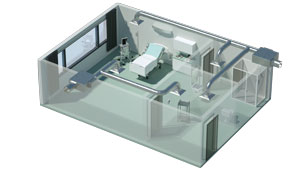Dwyer Instruments offers many types of flow measuring products including orifice plates, which are used as a flow sensing element with a differential pressure monitor.
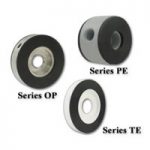
Orifice plates are a primary flow element, detecting the flow of a fluid passing through the plate by sensing the pressure drop across the plate. When a fluid flows through a restriction in a pipe, it creates a pressure difference between upstream and downstream of the restriction. This pressure difference is proportional to flow rate according to Bernoulli’s principal, similar to a Pitot tube. Orifice plates are commonly used as they are simple to use, low cost, work with gases or liquids, and require low maintenance. Adversely, they do have large pressure losses with about 50% of the pressure drop not recoverable. Continue reading “Flow Measurement with Orifice Plates”
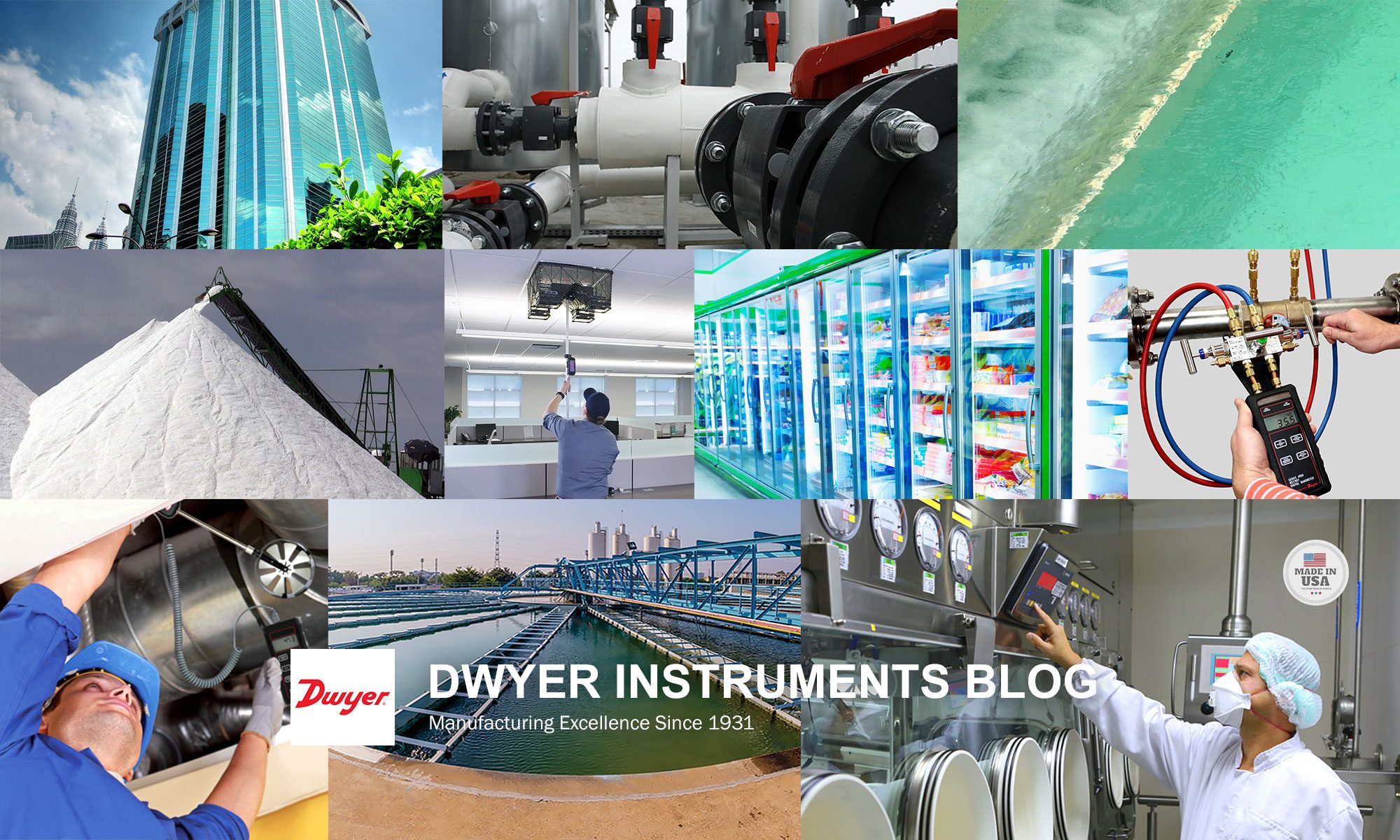
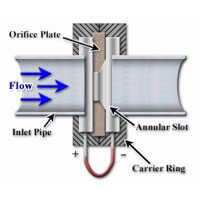
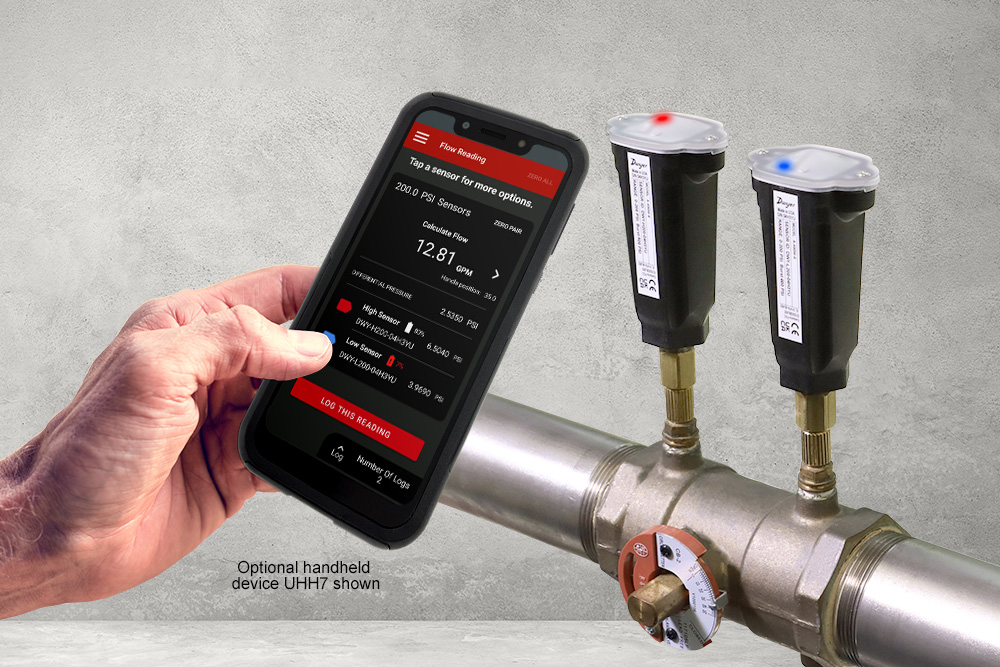
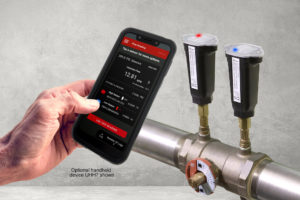
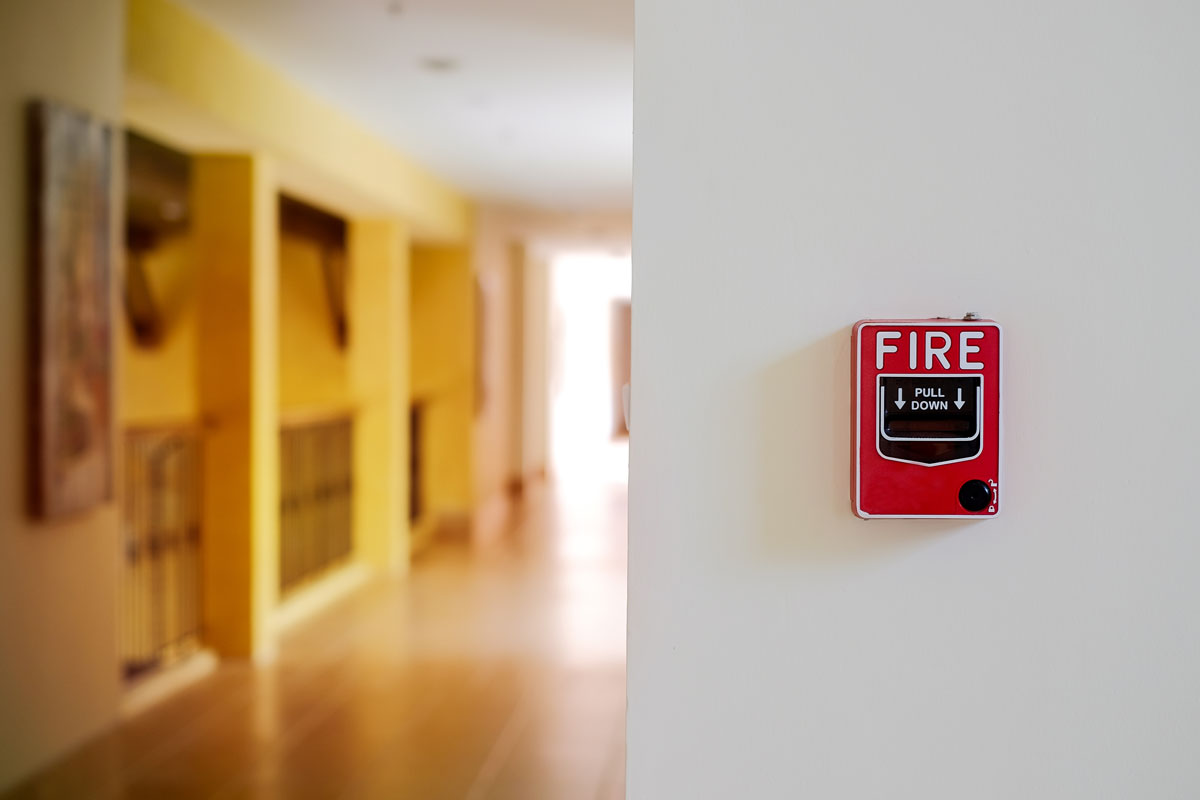
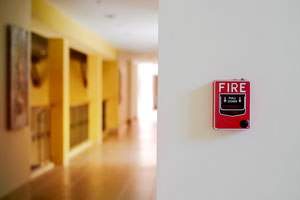 Picture this: You wake up with a start to the sound of crackling flames and the screech of an alarm. A nearby apartment room has caught fire, and you need to get out before it spreads to the rest of the building. You go through the motions; grab the keys, check the door knob, keep low to the ground. You head to the stairs and make your way outside to safety.
Picture this: You wake up with a start to the sound of crackling flames and the screech of an alarm. A nearby apartment room has caught fire, and you need to get out before it spreads to the rest of the building. You go through the motions; grab the keys, check the door knob, keep low to the ground. You head to the stairs and make your way outside to safety. 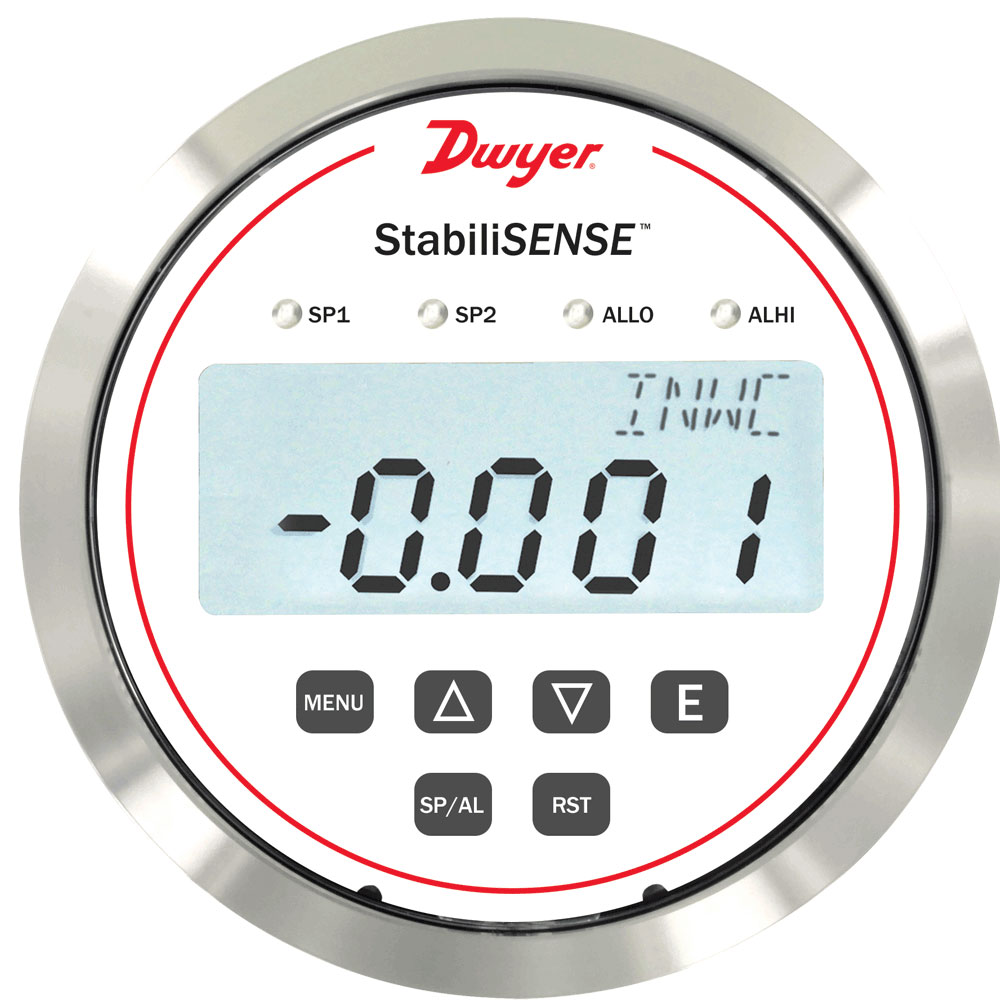
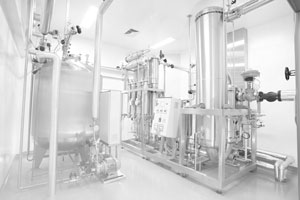 The Dwyer team recently released the StabiliSENSE™ critical room pressure monitor,
The Dwyer team recently released the StabiliSENSE™ critical room pressure monitor, 